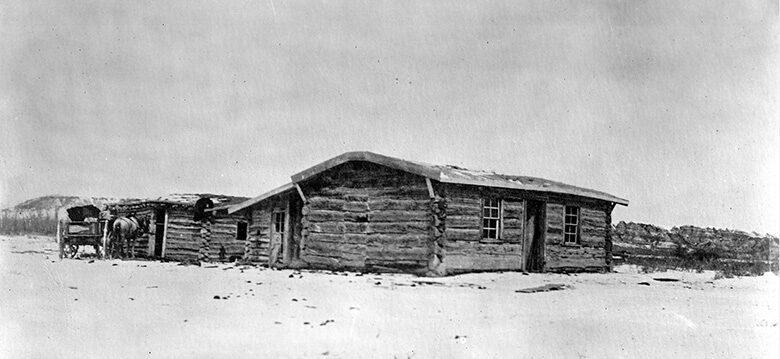8 Facts About Theodore Roosevelt: The Elkhorn Effect—and His Love of the West
The Frenchman - SUN, FEB 16 | 1PM ET

4. The Elkhorn Effect—and His Love of the West
Theodore Roosevelt had many successes as president, including trust-busting, business regulations, negotiating labor disputes, and prosecuting corruption in the federal government. But the thing he was most proud of was his work on conservation.
T.R. learned to love the untamed wilderness and sought to keep it—and the animals that lived there—from being wiped out. He was unapologetic about his belief that it was important to keep forests and natural resources intact so that future generations would benefit from them.
In 1906, President Roosevelt signed into law the American Antiquities Act giving the president the authority by proclamation to declare certain lands “national monuments,” which was quicker and easier than going through Congress to establish national parks. Consequently, many of T.R.’s “monuments” later became National Parks. For example, on Jan. 11, 1908, T.R. created the Grand Canyon National Monument to protect the land from excavation by people searching for historical and Native American artifacts. Today, tourists flock to the Grand Canyon National Park.
During his time in office, T.R. used his authority to create the United States Forest Service. He established the country’s first national wildlife refuge which expanded to 50 reserves in his time. Today, the National Wildlife Refuge System includes over 550 protected locations spanning 150 million acres. His conservation efforts led to the establishment of 150 national forests, five national parks, and much more. In all, Theodore Roosevelt protected about 230 million acres of land.
 |
 |



